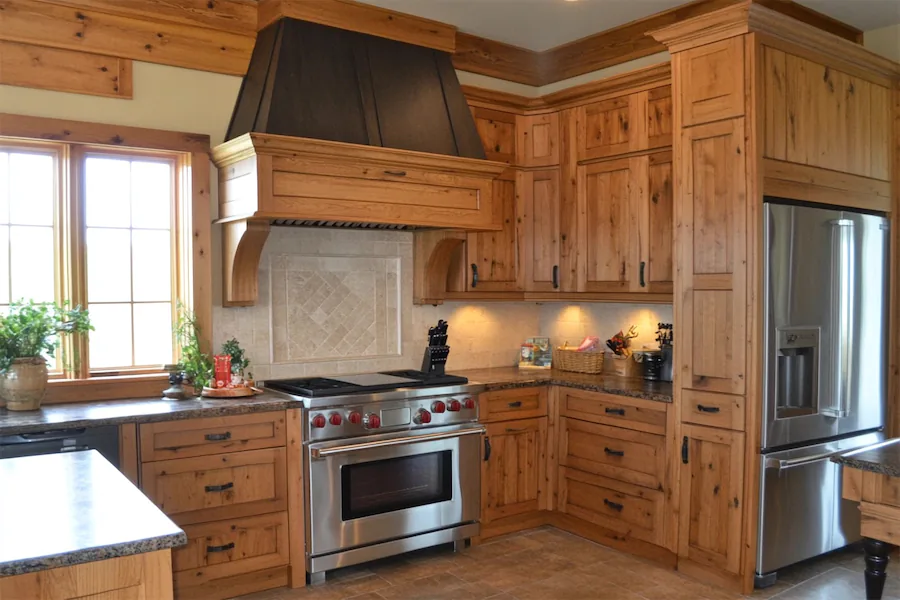A Shaker kitchen embodies simplicity, functionality, and timeless design, reflecting the principles of the Shaker religious movement from the 18th century. This article explores the history, key features, applications, and considerations when designing a Shaker kitchen.
Introduction to Shaker Kitchens
Shaker kitchens are renowned for their minimalist aesthetic and high-quality craftsmanship. Characterized by clean lines, unadorned cabinetry, and practical design, they seamlessly blend into both traditional and contemporary homes. The emphasis is on utility and durability, with each element serving a specific purpose without superfluous decoration.
History and Origins of Shaker Kitchens
The Shaker style originated with the United Society of Believers in Christ’s Second Appearing, commonly known as the Shakers, who settled in America during the late 18th century. Their commitment to simplicity, celibacy, and communal living was mirrored in their furniture and interior designs. Shaker craftsmanship focused on creating functional, durable, and aesthetically pleasing pieces, eschewing unnecessary ornamentation.
Key Features of Shaker Kitchens
Shaker kitchens are distinguished by several hallmark features:
- Simplicity and Functionality: Emphasis on clean lines and minimal ornamentation, reflecting a timeless design that prioritizes practicality.
- High-Quality Craftsmanship: Use of durable hardwoods and meticulous construction techniques, showcasing an enduring commitment to quality.
- Flat-Paneled Cabinet Doors: Featuring a recessed center panel with a simple frame, these cabinet doors exemplify the Shaker dedication to functional design.
- Natural Finishes: Often utilizing natural wood finishes or painted in muted tones such as whites, grays, or soft blues, enhancing the kitchen’s serene and uncluttered appearance.
- Functional Hardware: Incorporation of simple, utilitarian hardware like wooden knobs or modest metal pulls, aligning with the overall minimalist aesthetic.
Applications of Shaker Kitchens
The versatility of Shaker kitchen designs allows them to be adapted to various settings:
- Traditional Homes: Enhancing classic interiors with their timeless appeal and emphasis on craftsmanship.
- Modern Residences: Providing a minimalist and functional aesthetic that complements contemporary design elements.
- Transitional Spaces: Serving as a bridge between traditional and modern styles, offering a balanced and cohesive look.
Considerations When Choosing a Shaker Kitchen
When planning a Shaker kitchen, consider the following:
- Material Selection: Opt for high-quality, durable materials that reflect the Shaker commitment to craftsmanship and longevity.
- Color Palette: Choose neutral or muted colors to maintain the serene and uncluttered appearance characteristic of Shaker design.
- Hardware Choices: Select simple and functional hardware that complements the minimalist aesthetic of the cabinetry.
- Integration with Home Design: Ensure that the Shaker kitchen elements harmonize with the overall style and architecture of your home.
Conclusion
Shaker kitchens offer a harmonious blend of simplicity, functionality, and timeless elegance. By understanding their history, key features, and applications, you can design a kitchen that reflects the enduring appeal of Shaker design principles, creating a space that is both practical and aesthetically pleasing.
